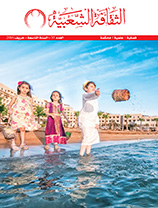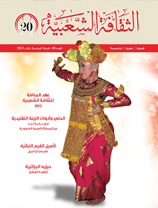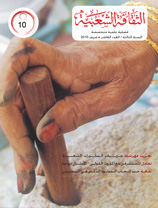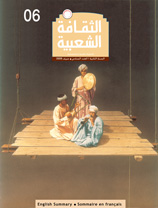Symbols in southern Tunisian textiles and their denotations
Issue 33
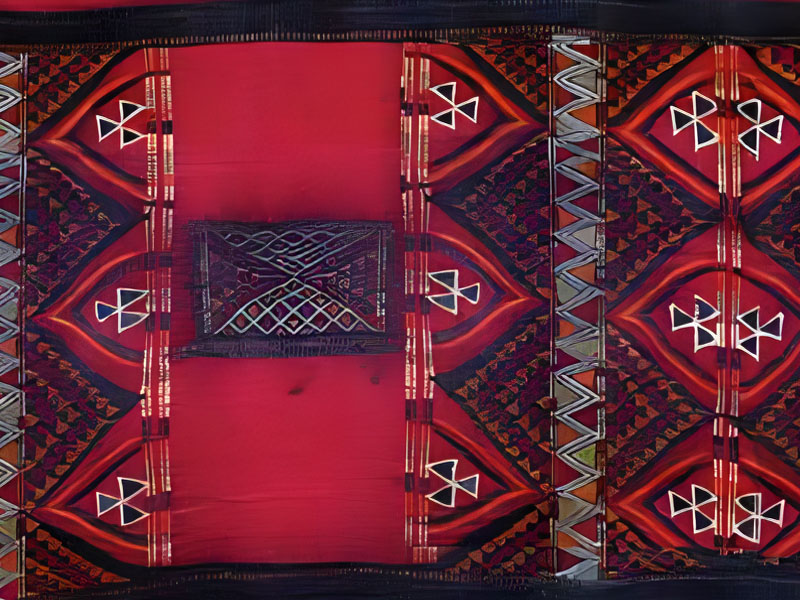
By Mohammad Al Jazirawi
In this paper, we highlight the most important features of symbols found in various traditional woven fabrics in southern Tunisia’s cities and towns, and attempt to interpret their local and global denotations and to determine the extent of their influence on other civilisations. We classified these fabrics by function:
- Blankets: Regardless of the origin of these symbols, they adhere to religious teachings in terms of the sizes and colours’ content and consistency with the overall design. These features are the basic patterns that the women of Al Humamah use when weaving, with some room allowed for creativity.

The weavers make extensive use of the triangle. Throughout the world, this shape symbolizes the number 3. An equilateral triangle is a symbol of harmony. When the triangle is depicted with its point at the top, it is a symbol of fire and masculinity, and if it is positioned point down, it symbolises water and femininity. The rhomboid represents femininity, while the extended rhomboid depicts reunion.
- Inscriptions: In addition to woven fabrics with many symbols, we find inscriptions, which are primarily associated with the city of Wadharf although other areas in southern Tunisian also produce some pieces in this style.
Its geometric shapes are abstract, and they represent endurance and continuity.
In addition to woven fabrics that can serve as blankets and carpets, the women of Nefzawa excelled at using the hair of camels, cattle and goats to weave material for bags and tents. These fabrics include different symbols with various meanings; some are for protection, while others denote tribal membership.
These woven fabrics and symbols highlight the community’s beliefs. Sometimes a fabric is woven at the request of a neighbour or relative; the decorations on this material reflect the beliefs and thinking of a certain segment of society.
The symbols in traditional weavings in southwestern Tunisia and other parts of the country have meaning. Whatever the function of the woven fabric, some symbols represent the local community’s traditions and customs while others express tribal belonging. Ultimately, they are precious items that represent the people’s semiotic memory.
Folk heritage is part of our identity, and the declining use of these symbols threatens our cultural identity.


































